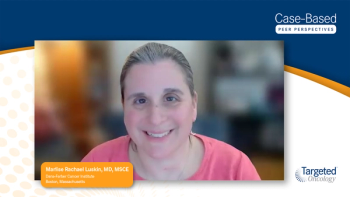
Panelists discuss how optimizing shared-care models between academic and community centers enhances continuity in complex hematologic malignancies. Key monitoring parameters for tagraxofusp include capillary leak syndrome risk. Timely transplant referral depends on disease kinetics. Novel therapies are among the unmet needs in plasmacytoid dendritic cell neoplasm. Support resources aid patient management. Emerging treatments and clinical insights continue to advance care.




